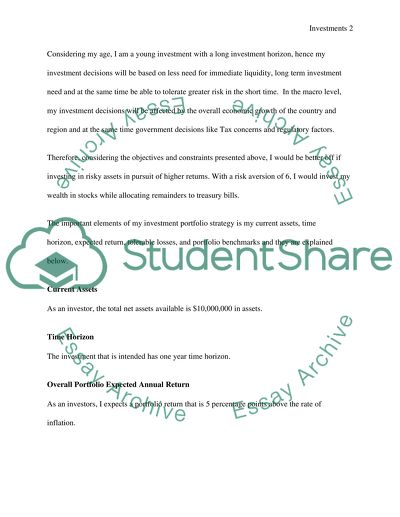Cite this document
(“Explaining The Process Of Portfolio Management For Stock Funds Research Paper”, n.d.)
Retrieved from https://studentshare.org/finance-accounting/1398537-millionaire-for
Retrieved from https://studentshare.org/finance-accounting/1398537-millionaire-for
(Explaining The Process Of Portfolio Management For Stock Funds Research Paper)
https://studentshare.org/finance-accounting/1398537-millionaire-for.
https://studentshare.org/finance-accounting/1398537-millionaire-for.
“Explaining The Process Of Portfolio Management For Stock Funds Research Paper”, n.d. https://studentshare.org/finance-accounting/1398537-millionaire-for.


